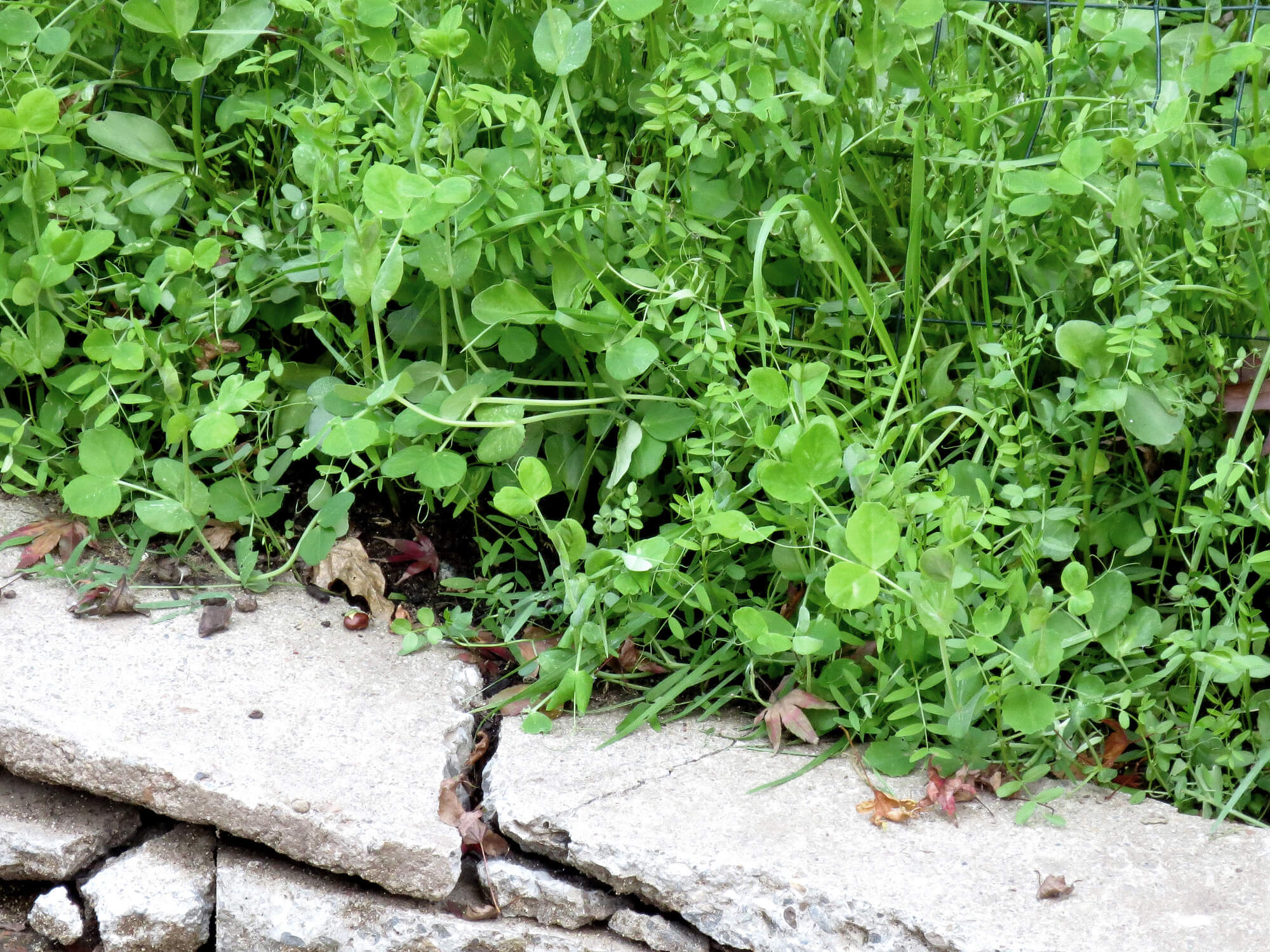The benefits of building your soil
Seasonal vegetable gardens can quickly deplete your soil of its nutrient resources. Soils with low nutrient levels produce low vegetable yields. Planting a cover crop during the winter is an easy and affordable way to add nutrients back into your soil.
In addition to enriching your soil, cover crops afford a number of other benefits including the creation of a natural weed barrier, reducing erosion from winter rains, and increasing the soil’s capacity to hold water. By incorporating a cover crop into the soil, you will greatly improve its structure as the decomposing organic matter increases the air space between soil particles.
Any garden can benefit from the use of a cover crop. Which cover crop you choose will depend on the specific needs of your garden.
Fava Beans ~ Can fix up to 200 lbs. of nitrogen per acre, and increase the availability of phosphorus. Turn into the soil before blooms appear for maximum benefits. Hardy to 20 F.
Crimson Clover ~ Fixes up to 150 lbs. of nitrogen per acre. It also increases the availability of phosphorus, actively suppresses weeds, and attracts beneficial insects.
White Clover ~ An excellent perennial cover crop. Plant along with turf or other perennials as a long-term nitrogen and phosphorus supplement.
Winter cover crops should be planted during the fall or early winter. Incorporate cover crops into the ground at least one month before you intend to plant your garden. This will allow your garden maximum accessibility to its new soil resources.


